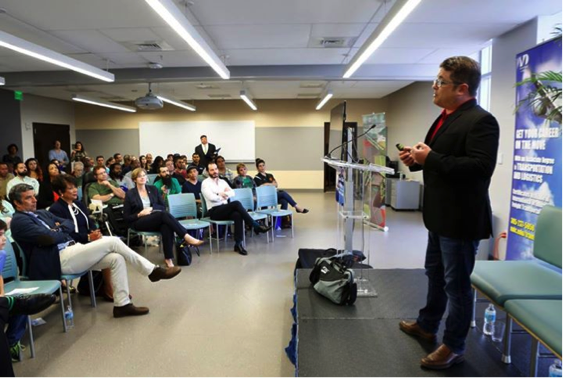3D Printing: The Answer To Our Problems
How do we stop global warming caused by the burning of non-renewable sources? Will overpopulation leave the world hungry and starved? How can we find a cure for diseases without STEM cell research? These questions are ones we must find an answer to if we are to continue to evolve on earth.
Luckily, an invention built in the mid-1980s by Charles W. Hull will slowly answer humanity’s most pressing societal and economic issues, with the help of innovators. Hull called this process stereolithography. He later developed the first commercial 3D printing machine and called it a stereolithography apparatus.
3D printers work very much like inkjet printers, which are common today. According to T. Rowe Price Connections’ infographic, 3D printers deposit desired materials in layers to create an object from a digital file. 3D printers can currently be found in many industries like auto, aviation, manufacturing, medicine, and food. Throughout the years, 3D printing has made leaps and bounds in every industry it has been introduced to.
In 1999, the first engineered organ opened the door to advancement in the field of medicine. From the late 90s to now, the medical field has hit new milestones. An article from Popular Science Magazine tells us: “…the number of scientific papers referencing bioprinting nearly tripled. Since 2007, the National Heart, Lung, and Blood Institute of the National Institutes of Health has awarded $600,000 in grants to bioprinting projects.”
From printing simple bacteria like E. Coli to entire organs like the kidneys, scientists and doctors look to this technology for more innovations that will help the medical field. The Wake Forest Institute is developing printers that will graft skin onto burn victims, and researchers have found a way to print embryonic stem cells which will end the long debate. Eventually this technology will lead to printing complex organs and cures to deadly diseases.
3D printing is also starting to change the way we produce our food. In today’s media, there have been many issues and claims that common farm animals used for consumption are being mistreated. Physiologist Mark Post at the Maastricht University in the Netherlands has created the world’s first synthetic meat. Now I know that meat made out of a printer sounds sketchy at best, but according to an article written in the Earth Island Journal: “Lab-grown meat could also eliminate the horrific animal suffering embedded in our industrial agriculture system. And, more to the point, it could give carnivores a way to maintain their appetite for flesh while avoiding meat’s ethical and environmental dilemmas.”
This safe food alternative is a must for the future, but sadly it won’t be implemented today, tomorrow, or even in months because societal change is slow.
One day in the future, 3D printing will be heavily used in our everyday lives, changing the way we shop, eat, and live. Like the great inventions already created—cars, planes, foods, building parts, and human components — many more will come.




